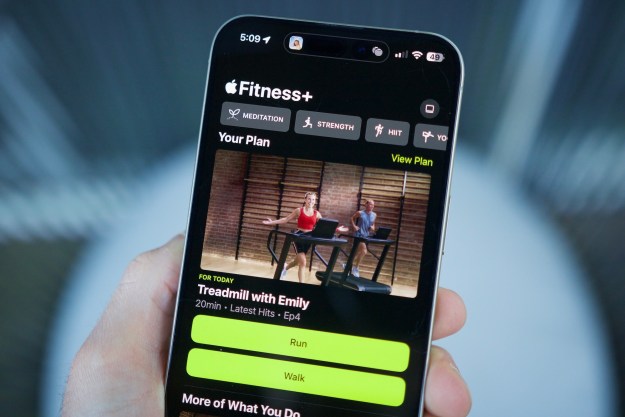At the Mobile World Congress in Barcelona, chipmaking giant Intel has re-affirmed its commitment to the open source MeeGo platform—despite Nokia’s high-profile defection to focus on Windows Phone 7 and killing off the first MeeGo device before it even launched. Although the loss of Nokia from the MeeGo platform is particularly jarring—MeeGo development is centered on Nokia’s Qt development environment—Intel notes that partners like AMD, Novell, Texas Instruments, ST Ericsson, and operators like Orange and Sprint are still on board. Plus, the company is demonstrating a version of MeeGo geared towards tablet devices (PDF).

“Intel supports all major operating system environments, working closely with developers, service providers, and manufacturers around the world to deliver premium, cross platform experiences,” said Intel’s senior VP and general manager for Software and Services Renee James, in a statement. “Our MeeGo tablet user experience shows the power and flexibility of MeeGo, and by adding new developer tools and programs we will accelerate our tablet strategy and MeeGo ecosystem momentum to enable faster time-to-market with innovative products for OEMs and service providers alike.”
Nokia’s defection to Windows Phone 7 won’t happen overnight: the company still says it plans to ship a MeeGo phone later this year. The future of MeeGo development remains hazy, however: with Nokia turning to Microsoft’s development tools to work on Windows Phone 7 software, Nokia’s Qt environment stands a good chance of being abandoned. It’s not clear yet whether members of the MeeGo community have approached Nokia about turning over the Qt environment to MeeGo—and a handoff might be complicated by issues like Qt being the focus of at least one of Apple’s patent-infringement accusations against Nokia. Intel was also banking on MeeGo as a mechanism to propel adoption of its Atom chipsets in mobile phones, tablets, and other portable devices. Windows Phone 7 doesn’t support Atom processors.
At MWC, Intel is taking the time to demonstrate a new tablet interface for MeeGo, largely based around series of scrolling columns that users can easily navigate with gestures. The system offered an onscreen virtual keyboard, and the software also enables users to virtually access applications running on Windows PCs and Macs. Intel is positioning MeeGo as an open alternative to things like Apple’s iOS ecosystem and a more flexible alternative to Android.



